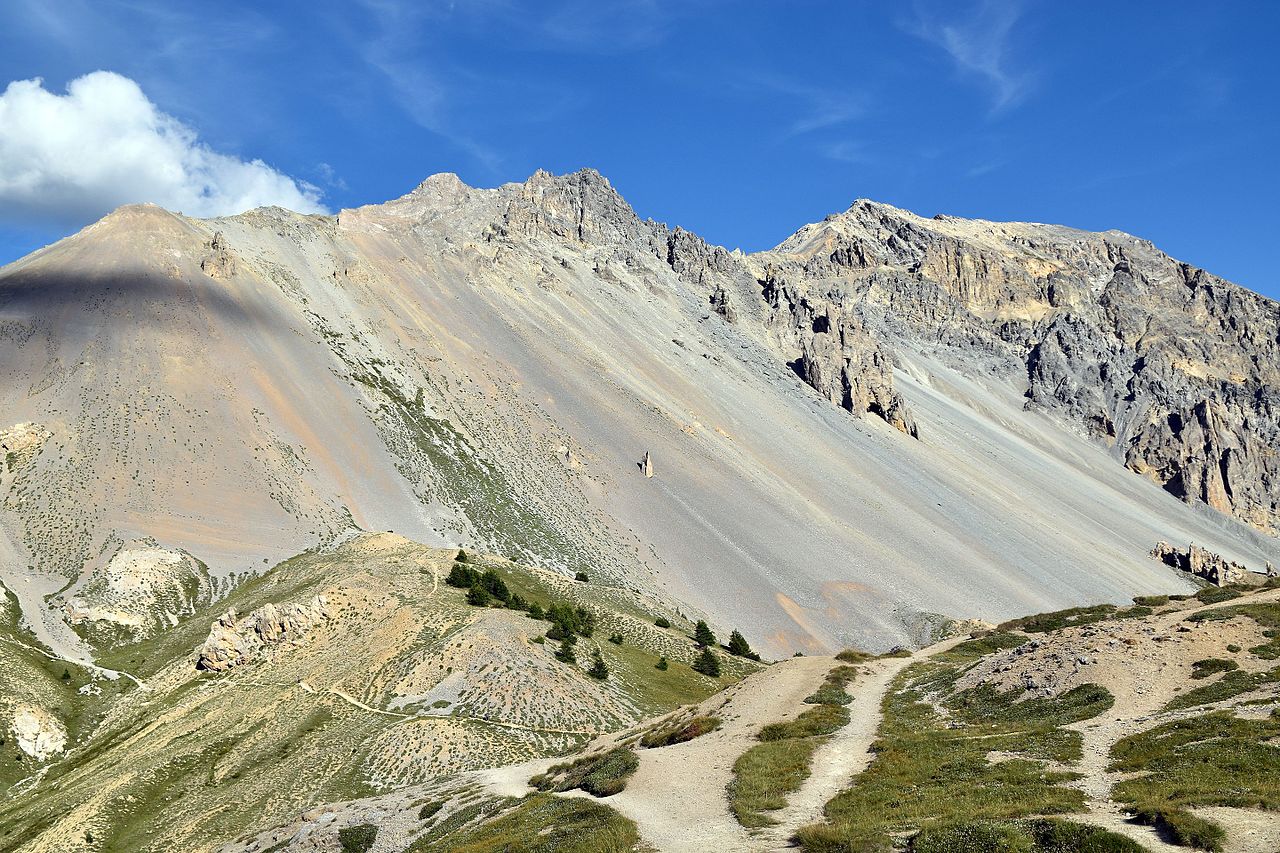The Etape du Tour is a sportive like no other, giving amateur riders the opportunity to ride a full mountain stage of the Tour de France just days before the pros, and the 2017 edition will finish atop the 2,360m Col d’Izoard for the first time in the Tour’s history.
Some 15,000 sportive riders are expected to ride the 2017 Etape and, following the announcement of the route back in October, Etape veterans Mike Cotty, who knows a thing or two about riding in the mountains, and Nicolas Roux, a former winner of the event, hot-footed it to the Alps to see what awaits on Sunday July 16.

While, on paper, the 178km route has two major climbs – the Col du Vars, which tops out at 2,109m after 129km, and the Col d’Izoard – it’s a deceptive course which departs Briançon on fast, wide roads. Position will be key, Roux says, in order to sit in a group and save energy before the climbing starts – and to avoid crashes. “It’s going to be nervous,” Cotty adds, “and you’ll have to have your wits about you.”
The road narrows after 25km and then begins to head uphill. While the towering giants of the Col du Vars and Col d’Izoard give the impression that the road gently rolls from Briançon to the foot of the Vars, riders must first negotiate a succession of uncategorised climbs.




